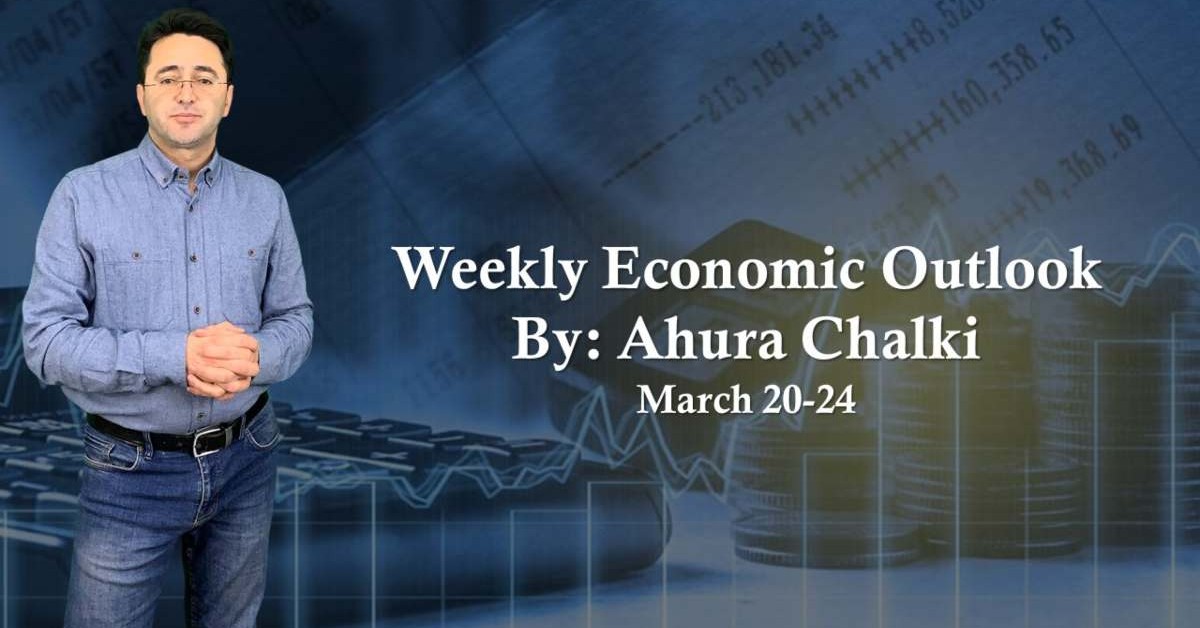Recent fears will affect the policymakers' decisions, but they can not end the hawkish cycle at this level. While financial markets are worried about the spread of bankruptcies to more banks, FOMC, SNB, PBoC, and BoE will have monetary policy meetings and interest rate decisions. Besides bank meetings, we have more data to watch and will review some below.
1- PBoC Meeting - Monday
The People's Bank of China will be the first central bank of the week to hold its interest rate decision meeting. We expect the prime loan rate to remain at 3.65%, as they held the one-year MLF entirely. While they held the rates unchanged, to support the economy, China's central bank cut the reserve requirement ratio to 0.25 percentage points, effective from March 27, almost in all banks. These expected decisions can increase the pressure on the Chinese Yuan!
2- US Home Sales - Tuesday & Thursday
Existing Home sales on Tuesday and New Home Sales on Thursday will be very important to watch. Existing home sales have been falling for 12 months in a row. On the other hand, in January, for the second consecutive month, pending home sales raised as mortgage rates eased and applications increased by 10.6%. New home sales were different and grew by 7.2% in January. Existing and New Home Sales are expected to rise in February and soften the current negative market sentiment.
3- UK inflation - Wednesday
With decreasing energy prices, we expect UK inflation to fall to 9.8% annually in February but to raise 0.6% monthly after -a 0.6% fall in January. Producer price index (PPI) is also expected to increase by 0.2% in February, after -the 0.1% fall of January. These data are supposed to support the 25 bps rate hike in BoE's Thursday meeting, but the market reaction will be mainly to the central bank inflation expectations, which will publish with the BoE rate decision announcement.
4- FOMC meeting - Wednesday
On Wednesday, the FOMC two days meeting will finish, and we will have the Fed announcement and decisions, which are expected to be challenging and shake the markets. So far, and after the latest banking tensions, we decreased our 50 bps rate hike expectation to only 25 bps, but for the target rate before ending the cycle, we still believe it can be 5.5%. We should not forget that the March meeting always will be with the economic outlook and dot plots, which will give us a much brighter idea of what policymakers in the US central bank think and what we can expect for the rest of the year or at least for the first half of 2023. That is why the market volatility will be much more than in other regular meetings, as market participants will have a different understanding of dot plots, economic outlook, and fed Chair Powell's speech and press conference. We expect a hawkish tone, which will lift the USD value and put more pressure on the stock market.
5- SNB Meeting - Thursday
The Swiss National Bank (SNB) announces its monetary policy decision on Thursday, and we expect policy rates to increase to 1.50% by a 50 bps rate hike. After a slowdown in 2022, the Swiss economy started to show growing signs in early 2023, while inflation for consumers and producers again increased. The latest data shows that consumer inflation rose to 3.4% annually in February. Therefore, while the economy is improving, inflation is growing, and KOF leading indicator rose to 100.0 in February, further hawkish policies seem more likely and logical.
6- BoE meeting - Thursday
The Bank of England's (BoE) policy meeting is scheduled for Thursday, and we expect the BoE to hike rates 25 bps to 4.25%, smaller than the 50 bps hike delivered in January. Like the Swiss, the UK also has an economy that shows signs of growth despite weakness, while inflation is still high and raised in January. However, January's CPI slowed to 10.1% year-over-year, and the core CPI slowed to 5.8%. These data lowered the 50 bps expectations to 25 bps but were not enough to convince to end the rate hike cycle.
7- Eurozone Inflation - Friday
Eurozone has coped with the problems caused by the Russia-Ukraine war. Despite slightly improved overall economic activities, especially in the service sector, manufacturing PMI is expected to increase slightly to 48.9. Service and composite PMIs both expected to improve above 50-level. Also, gas and oil prices slightly eased in recent months, especially gas prices, which fell under $3 from above $8; that is why Eurozone activity data for January showed modest improvement, with retail sales rising 0.3% month-over-month and industrial output rising 0.7%.
8- US Durable Goods Orders - Friday
Aircraft orders have driven December and January's Durable goods orders. After increasing 106% in December, aircraft orders declined by 55% to ease January's Durable goods orders by 4.5%, while in December increased by 5.1%. In other sectors, orders were under pressure. We expect durable goods orders to remain under pressure and increase by only 1.2% in February, as data from the Institute of Supply Management (ISM) show.


















